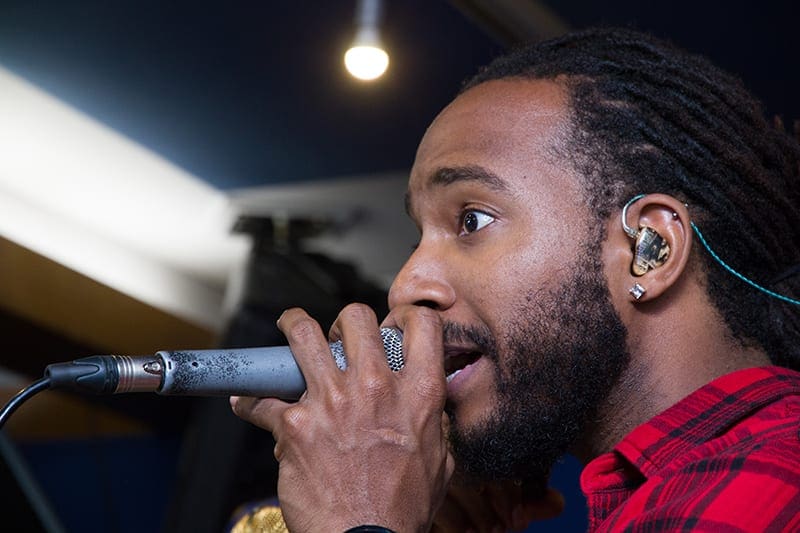What Do You Need for In Ear Monitors to Excel?
When it comes to achieving high-quality audio while performing, knowing what you need for in ear monitors becomes crucial. In ear monitors are not just a luxury; they are an essential tool for enhancing your audio experience, especially for professionals in the music and photography industries.
As a professional photographer, understanding the requirements for using in ear monitors can significantly enhance your workflow during video shoots or live performances. This article delves deep into the fundamental aspects of in ear monitorsfocusing on what you need to maximize their potential effectively.

Understanding In Ear Monitors
In ear monitors are specialized devices that allow artists and performers to hear a mix of the audio performance precisely as they want it. Unlike traditional speaker systems that can vary in sound quality due to distance and acoustics, in ear monitors provide a controlled audio environment. They have become immensely popular among musicians, but they also hold immense value for photographers, especially when sound clarity is vital during video recording sessions.
Key Components to Consider
Knowing what you need for in ear monitors goes beyond just the device itself. Below are essential components that will contribute to a successful setup:
- Quality Monitoring System: Choose a reliable monitoring system that suits your needs.
- Custom Ear Molds: Consider getting molds customized for a snug fit to block ambient noise.
- Wireless Transmitter: A wireless transmitter will give you freedom of movement.
- Audio Interface: An audio interface ensures you can control your audio levels efficiently.
Setup and Configuration
Setting up your in ear monitors can be simple with the right steps:
- Start with connecting your audio source to the transmitter.
- Sync your wireless receiver with your transmitter.
- Adjust the mix according to your preference.
For a more detailed home studio setup, check out this helpful setup guide.

Benefits of In Ear Monitors for Photographers
As a photographer, particularly in settings where audio is equally as pivotal as the visuals, in ear monitors can provide various advantages, including:
- Improved Focus: In ear monitors allow you to concentrate solely on the audio feed without external distractions.
- Real-Time Monitoring: Get immediate auditory feedback on your recordings, enhancing your ability to capture the perfect moment.
- Clear Communication: If you are working with a team, in ear monitors can facilitate clearer communication, especially in noisy environments.
Popular Models to Consider
Several models have garnered a reputation among professional users. Here are a few:
- Sennheiser IE 400 Pro
- Beyerdynamic DT 990 Pro
- Shure SE215
If you're curious about what models professional musicians frequently use, take a look at this informative article.

Common Setup Mistakes to Avoid
Understanding what you need for in ear monitors includes recognizing pitfalls that could hinder your experience:
- Overcomplicating your audio mix can lead to confusion.
- Neglecting consistent monitoring habits may cause audio issues.
- Not investing in quality ear molds can lead to discomfort during long sessions.
For further reading, check out how to prevent mixing issues in this helpful guide.
FAQs About In Ear Monitors
1. What are in ear monitors used for?
In ear monitors are used to provide performers with a clear audio feed of their performance, allowing for better sound control and communication during live events or recordings.
2. Why do musicians prefer in ear monitors?
Musicians prefer in ear monitors for their ability to isolate sound, reduce background noise, and allow for a customized audio mix that suits individual preferences.
3. How do I choose the right in ear monitors?
Choosing the right in ear monitors involves considering factors like fit, frequency response, and whether you need wired or wireless options based on your performance style.
As an Amazon Associate, I earn from qualifying purchases.

